There are more interesting articles, commentaries and analyst reports on the Web every week than anyone could read in a month.
Each Saturday morning I like to share some of the ones I’ve read during the week.
The weekend will be over before you know it, so enjoy some weekend reading.
Property market rebound continues into 2020, with fastest annual growth in two years
It looks like 2020 is set to be a great year for the property market.
This article from realestate.com.au looks at what we can expect.
Australia’s property market resurgence has continued into 2020, despite a slowdown in growth.
The new year welcomed a 0.9 per cent rise in prices across the country in January, according to CoreLogic’s home value index – resulting in the fastest annual rate of growth in over two years.
The annual growth rate of 4.1 per cent through to the end of January, was the fastest pace of growth for a 12 month period since December 2017.
In January, property values rose in every capital city and region, except in regional South Australia, where prices held firm.
The market recovery, led by Sydney and Melbourne midway through 2019, has now spread throughout the country.
Prices in Melbourne grew 1.2 per cent in January, with Sydney just behind with a 1.1 per cent rise.
Hobart grew 0.9 per cent, Canberra 0.3 per cent, Adelaide 0.2 per cent and Perth and Darwin both 0.1 per cent.
Across Australia home values have now risen 6.7 per cent since the bottom of the market in June last year.
However prices are still 2.2 per cent below their October 2017 peak and January growth slowed from a recent monthly peak of 1.7 per cent in November.
CoreLogic head of research Tim Lawless said the slow down in growth could be seasonal.
“Seasonal effects provide some explanation for the slowdown,” he said.
“The CoreLogic seasonally adjusted hedonic index implies the time of year shaves about 1 basis point of growth from the December reading and 2 basis points from the January reading.
“Factoring in the seasonal affect, the latest results indicate a reduction in the speed of growth across most markets, especially for Sydney and Melbourne where affordability constraints are once again becoming more pressing. As advertised stock levels rise over the early part of the year, we could some further dampening of growth rates.”
Read the full article here
Lending begins to flow
Homebuyers have made a return with lending beginning to flow.
This Blog by Pete Wargen looks at the numbers.
A strong 4.4 per cent increase for housing lending in December.
This cemented a robust rebound in lending flows since the election, mainly driven by owner-occupiers (+23 per cent).
Investment loans are also up +15 per cent since the election, but from a very depleted base.
Since the election the rebound in home loans has been driven by New South Wales (+27 per cent), Queensland (+22 per cent), and Victoria (+21 per cent).
Read the full article here
Australian house prices are tipped to keep rising this year, with Sydney expected to soar by a massive 10%
House prices are set to continue rising this year.
An article from Business Insider explores what two of our biggest states can expect.
Property group Domain has revealed its latest 2020 forecast, and it’s nothing if not optimistic about the market.
“We’re forecasting Sydney and Melbourne prices to rise rapidly in 2020,” Domain economist Trent Wiltshire wrote in the latest report on Wednesday, while noting the market would be more moderate in 2021.
“Very low-interest rates and the expectation that interest rates will remain low will be the key drivers of rising property prices in 2020.”
Wiltshire also pointed to strong population growth, slowing construction leading, increasingly constrained supply, as well as the government’s First Home Loan Deposit Scheme as pushing prices up.
Domain expects Sydney to lead the pack, adding a further 10% onto prices as it continues its recovery along with Melbourne, which is expected to grow by 8%. If those expectations come to pass it would push Sydney’s median price to over $1.25 million – or 5% above its 2017 peak – and Melbourne’s close to $1 million.
“Prices rose rapidly in Sydney at the end of 2019, particularly in higher-priced areas, with this momentum continuing into 2020,” Wiltshire wrote.
In fact, 8% seems to be the magic number.
Prices both nationally and in Brisbane are set to grow by that figure.
Perth, where the property market has been ailing for years, is also tipped to see “the fastest price growth since 2014” at 5%.
While those priced out the market might be incredulous the market could go so much higher, the latest data appears to support it.
On Tuesday it was revealed new home lending shot up 4.4% in December last year, as low-interest rates attract homebuyers like moths to a flame.
Meanwhile, the trajectory of prices nationally is on track to become the “fastest market recovery on record”, according to researcher CoreLogic.
Hobart’s market, for example, which grew by an astounding 16% last year, is expected to run out of steam a bit in 2020, adding just 3% this year.
That’s in line with Adelaide’s growth expectations while Canberra will put on 4% by Domain’s estimates.
When it comes to units, Sydney is similarly tipped to lead the pack at 8% growth.
It’s followed by Brisbane at 6%, then Melbourne and Perth at 5%.
Investors and homeowners better not grow accustomed to that level of boom, however.
Each market is expected to enjoy far more moderate growth in the following year, as prices find their inevitable roof. While property might be hot, wage growth certainly is not.
Read the full article here
Why we want walkability
In his article on switzer.com.au
Walkability is fast becoming a must-have feature of Australian homes, with buyers paying a premium for homes that are walking distance to shops, cafes, public transport options, schools and parks.
As our lives get busier and white collar work remains largely sedentary, buyers are willing to pay more for convenient, time-saving access to everything they need in life.
As discussed in our McGrath Report 2020, the emergence of small, thriving suburban villages and a strong café culture in Australia has made walkability even more desirable.
Many suburbs have established villages with cafes providing a destination to relax or catch up with friends.
Walkability allows us to leave our cars at home, saving on petrol and emissions and ensuring we get a bit of exercise on weekends.
Walkability also enhances social interaction and that important feeling of community.
In one study cited in the landmark book, Livable Streets, Berkeley University urban design professor, Donald Appleyard found people living in walkable, low traffic streets had three times as many friends and twice as many acquaintances as people living in heavy traffic areas.
Walkable residential areas are also more valuable.
Research shows a positive correlation between property prices and walkscore.com’s Walk Score, a measure of an address’s walkability on a scale of 0-100.
A US study by urban leadership group, CEOs for Cities, found a one-point increase in Walk Score raised house prices between $US500 and $US3,000 in 13 of the 15 US markets surveyed.
This is replicated in Australia. Melbourne buyers’ agency, Secret Agent, found a five-point increase in Walk Score between the values of 60 and 100 added around $298 per square metre for houses.
Walkability is an essential component of modern day liveability, according to 2017 study by RMIT University.
The research found that “only a minority of residents in Australia’s cities live in walkable communities”, which goes some way to explaining why homes that offer great walkability can sell for more.
Here are the Top 10 suburbs in each of the East Coast capital cities based on their Walk Scores.
SYDNEY – City Walk Score
Walk Score 63
Top 10 Suburbs
- Haymarket 99
- The Rocks 98
- Sydney 98
- Ultimo 98
- Surry Hills 97
- Chippendale 97
- Millers Point 96
- Darlinghurst 96
- Newtown 95
- Rushcutters Bay 94
MELBOURNE – City Walk Score
Walk Score 57
Top 10 Suburbs
- Carlton 97
- Fitzroy 96
- Fitzroy North 93
- Melbourne 93
- St Kilda 93
- South Yarra 92
- East Melbourne 92
- South Melbourne 92
- Collingwood 92
- Windsor 91
BRISBANE – City Walk Score
Walk Score 51
Top 10 Suburbs
- Brisbane City 95
- Fortitude Valley 94
- Spring Hill 92
- South Brisbane 92
- Petrie Terrace 91
- New Farm 88
- Teneriffe 88
- West End 88
- Milton 87
- Woolloongabba 87
CANBERRA – City Walk Score
Walk Score 40
Top 10 Suburbs
- Canberra City 95
- Kingston 83
- Barton 82
- Reid 79
- Braddon 73
- Turner 72
- Phillip 71
- Belconnen 71
- Griffith 68
- Dickson 65
Read the full article here
12 of the Most Unusual and Beautiful Homes in Australia
Ever wondered where the most unusual homes in Australia are?
This article from centralbuild.com.au looks at 12 of them.
Unique and amazing are the words that describe all of these unusual houses in Australia. These houses will inspire your creative spirit to design your own beautiful house.
Klein Bottle House
This house looks more like a piece of origami art rather than somewhere to live. This house was designed by architects McBride Charles Ryan and has won a series of prestigious awards such as the World’s Best House in 2009.Torquay House
A series of modern containers were used to build this house and was specifically built in order to take advantage of the spectacular views from the north and south.House Holman
This home was built in 2004 by Durbach Block Architects. It stands on the edge of a 230-foot high cliff in Dover Heights.Shed-inspired House
The Shed-inspired House is a three bedroom house designed to be energy-efficient and make the most out of its environment and views of farmland.Cliff House
Literally hanging off a cliff, this 5 story house was designed to conceptualize a barnacle clinging to the hull of a ship.Pole House
The famous ‘Pole House’ is stated on the beach of Fairhaven, Victoria. This has been a landmark on the Great Ocean Road for over 36 years. It was recently demolished and replaced with a more modern house.Power Street Residence
This gorgeous house is located in Hawthorn, Victoria. It is designed for a family, having 4 bedrooms and a large living area.Clifftop House on Great Ocean Road
This home is literally situated on the edge of a cliff, surrounded by national parkland and over looking the ocean.Tower House
The tower house has been refurbished from an old weatherboard house in Victoria. The house is designed to be a mini village by Archello Architects. Although the small dwellings all look separate from the outside, they are joined into one large house.Cross Stitch House
This petite Melbourne terrace maintains the original facade but is a completely transformed house behind its front.
Read the full article here
from Property UpdateProperty Update https://propertyupdate.com.au/must-read-articles-the-last-week/
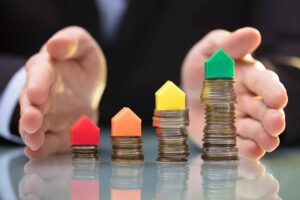




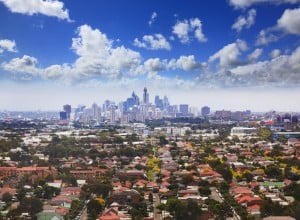


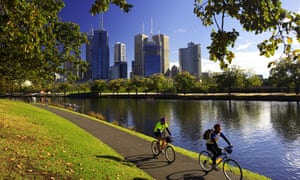

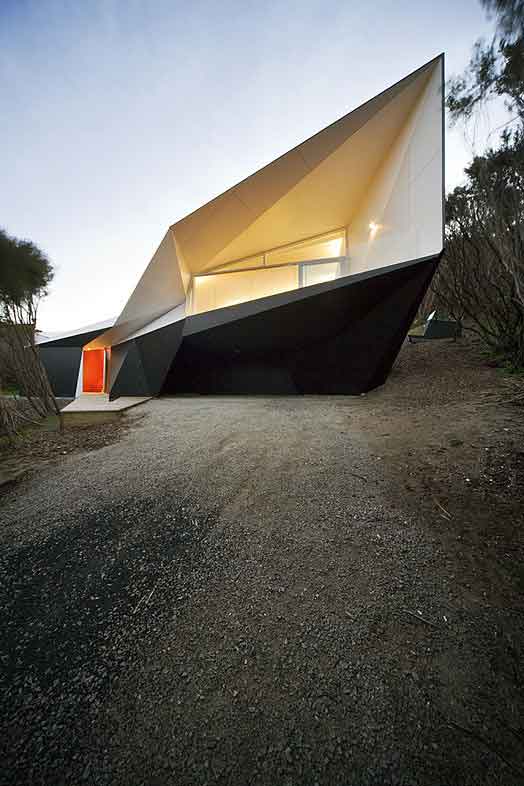
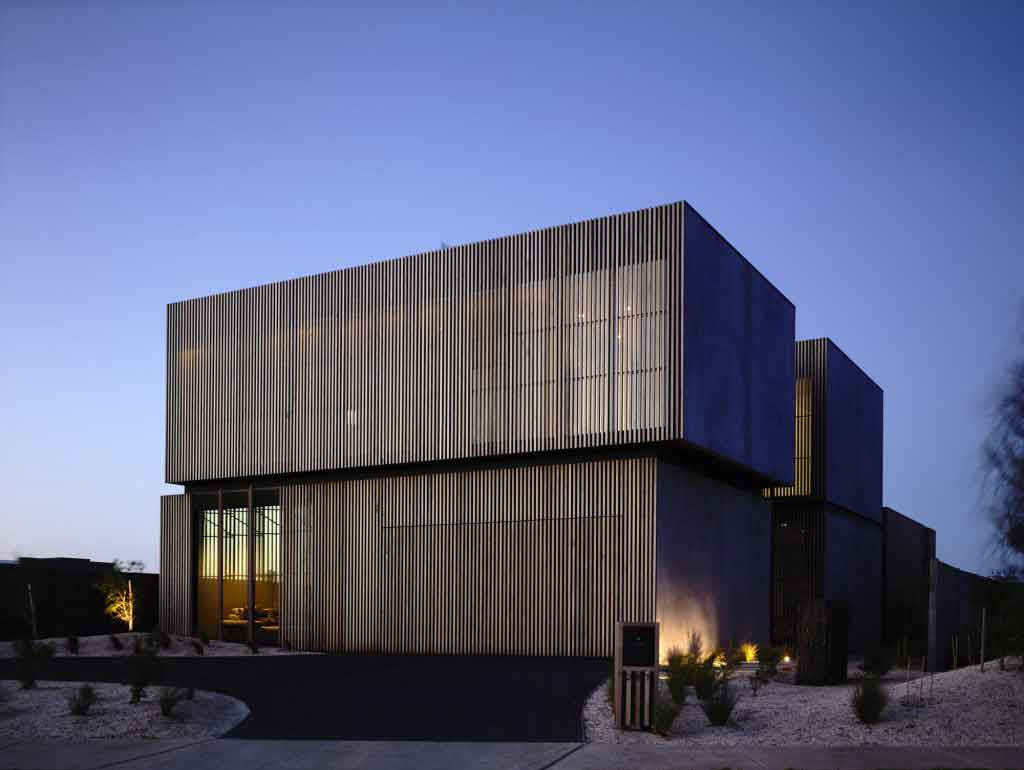

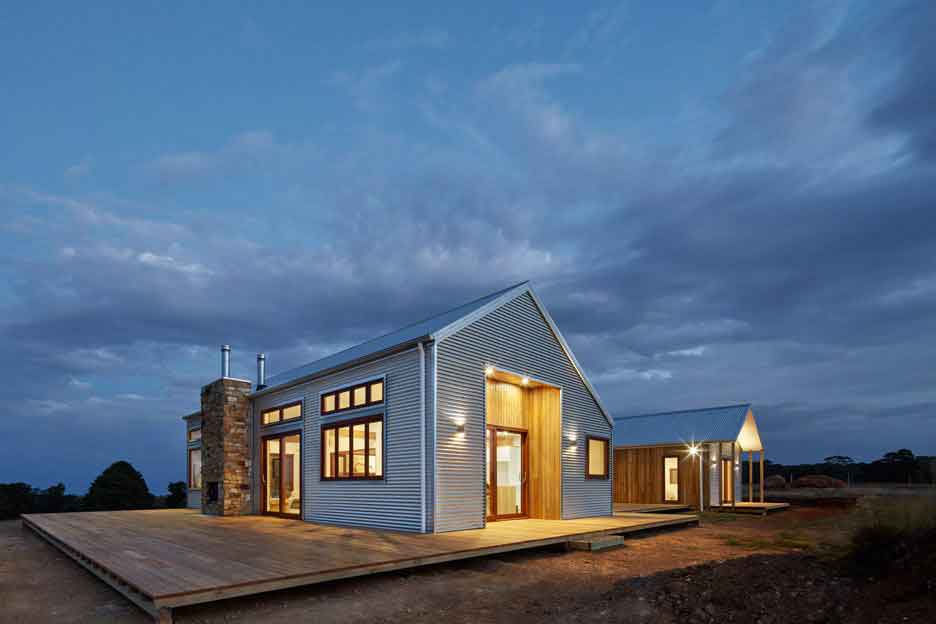
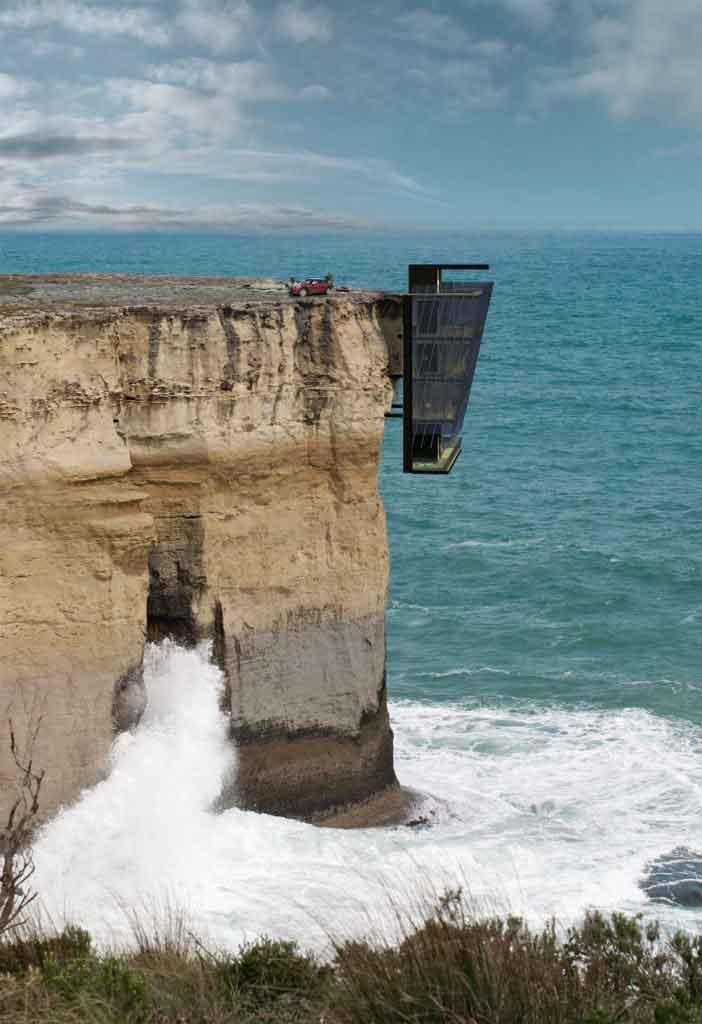
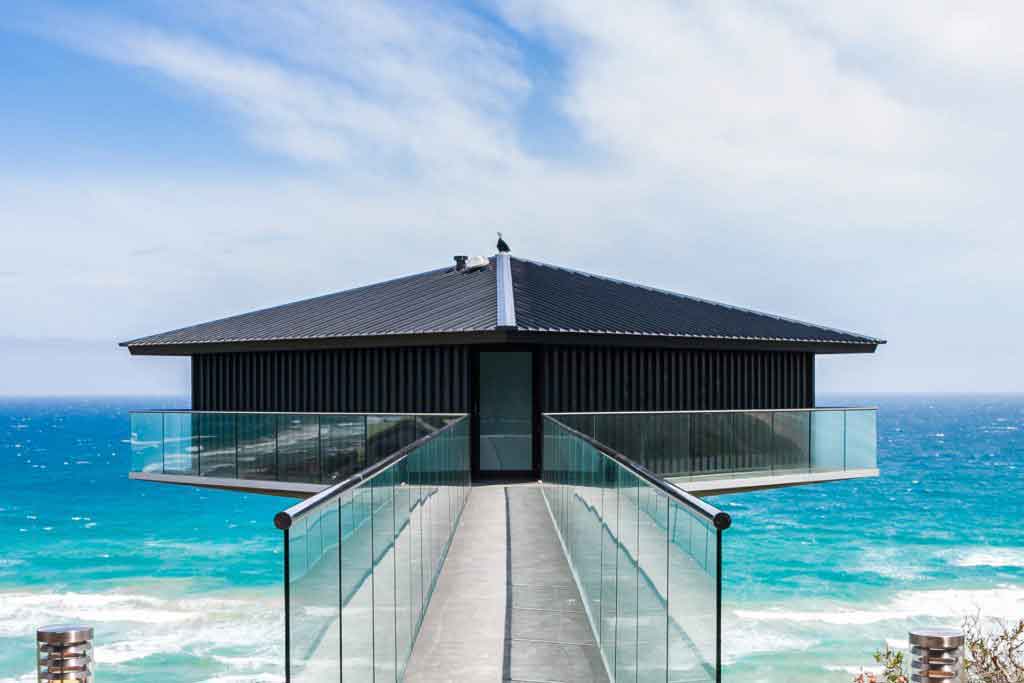
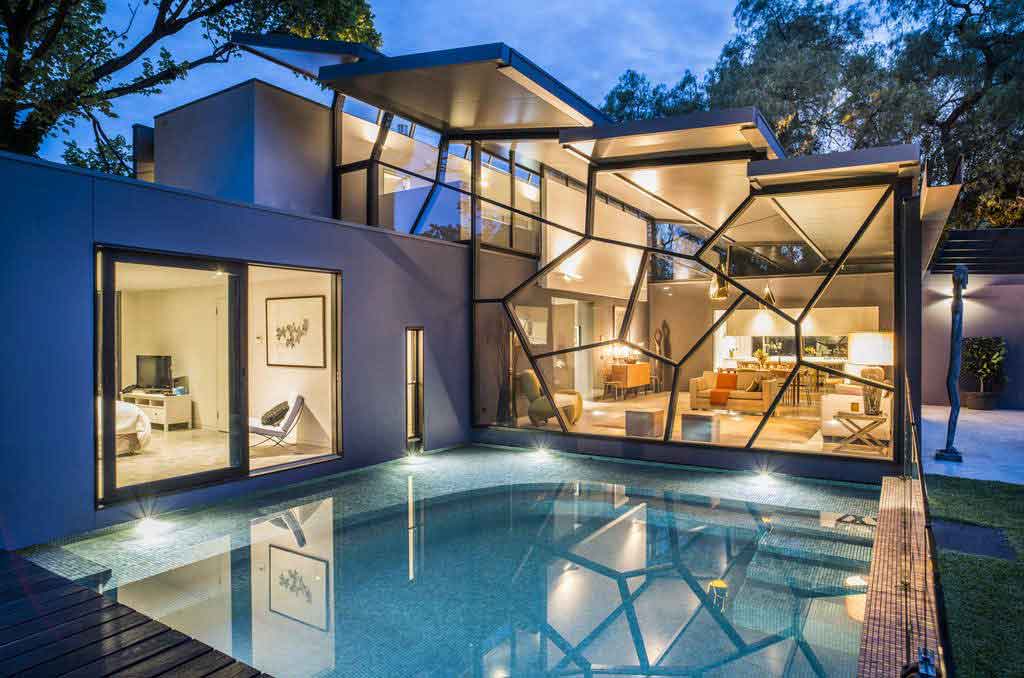
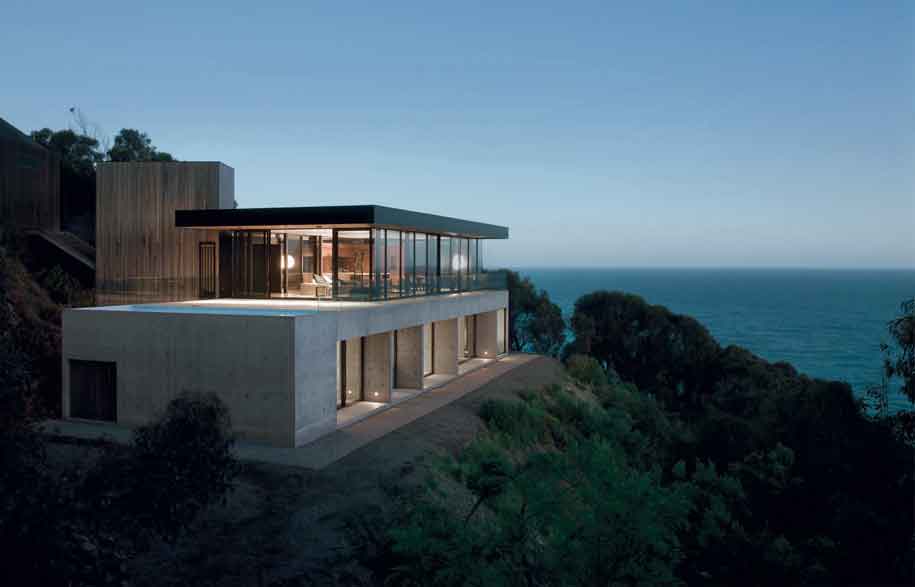
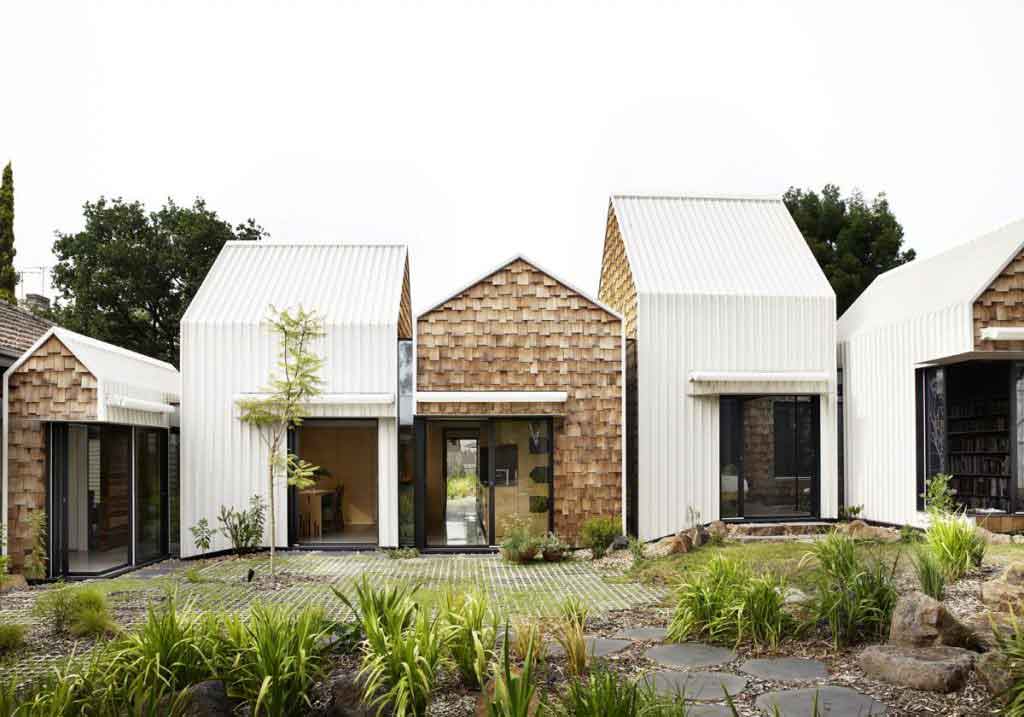
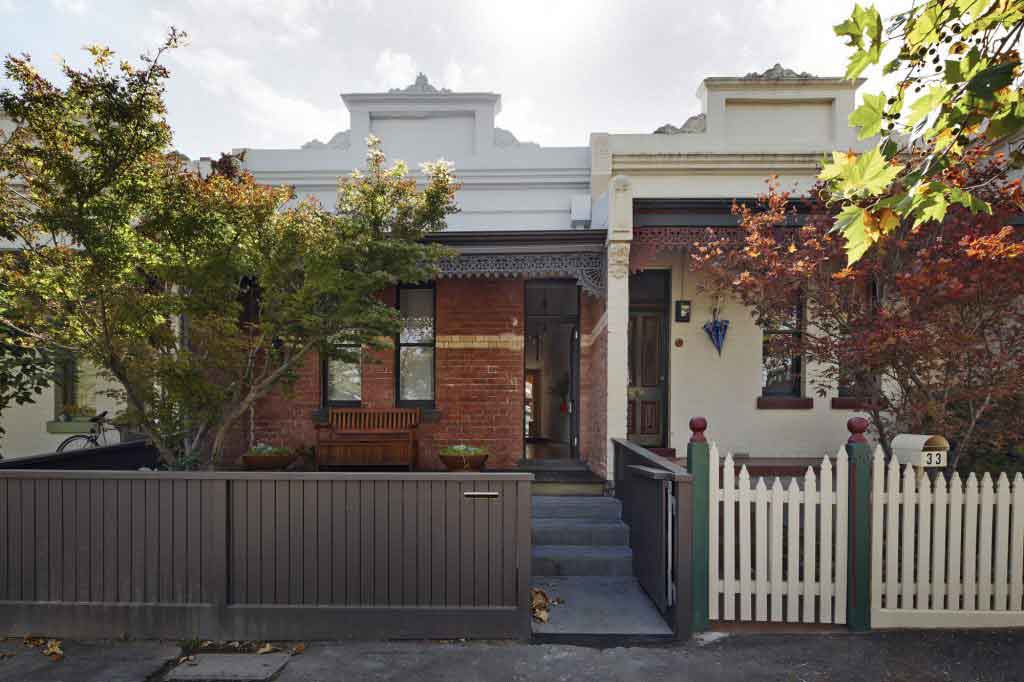

No comments:
Post a Comment